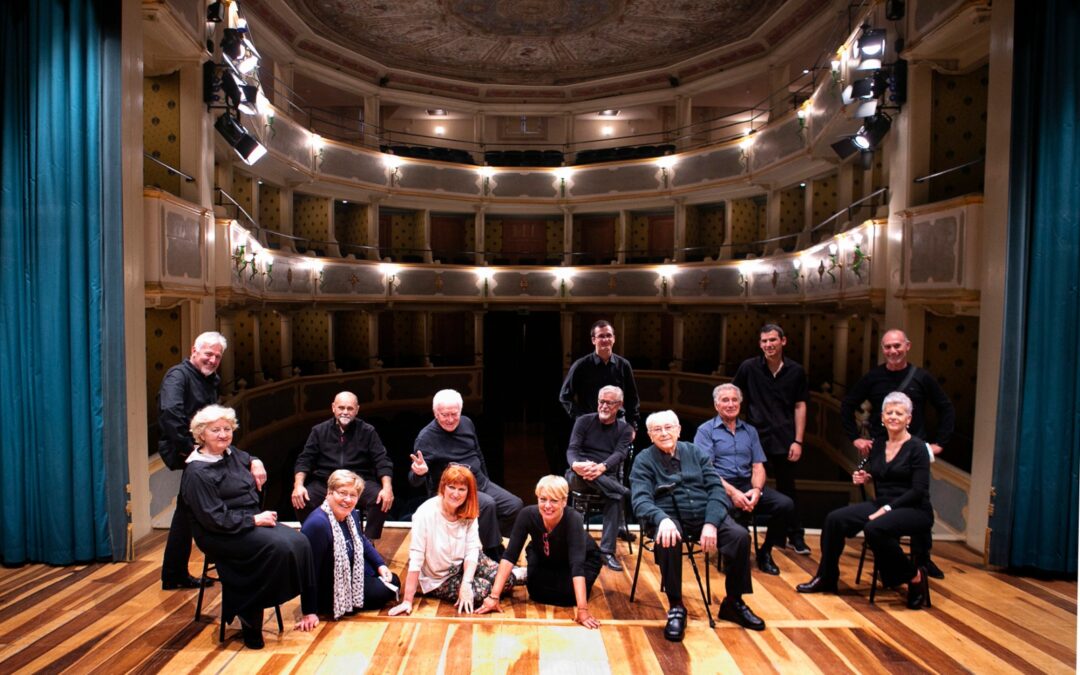
KEEP CALM AND POTA
Keep calm and pota!
Don’t say you’re not already smiling thinking to Keep calm and pota.
I immediately lit up, also because Keep calm and pota is curated by Piöcc’s Café.
Café! A coincidence, or rather, I would directly say a sign.
A sign that I immediately grasped when I contacted the Teatro Centro Lucia in Botticino Sera.
Yes, you read that right: theatre.
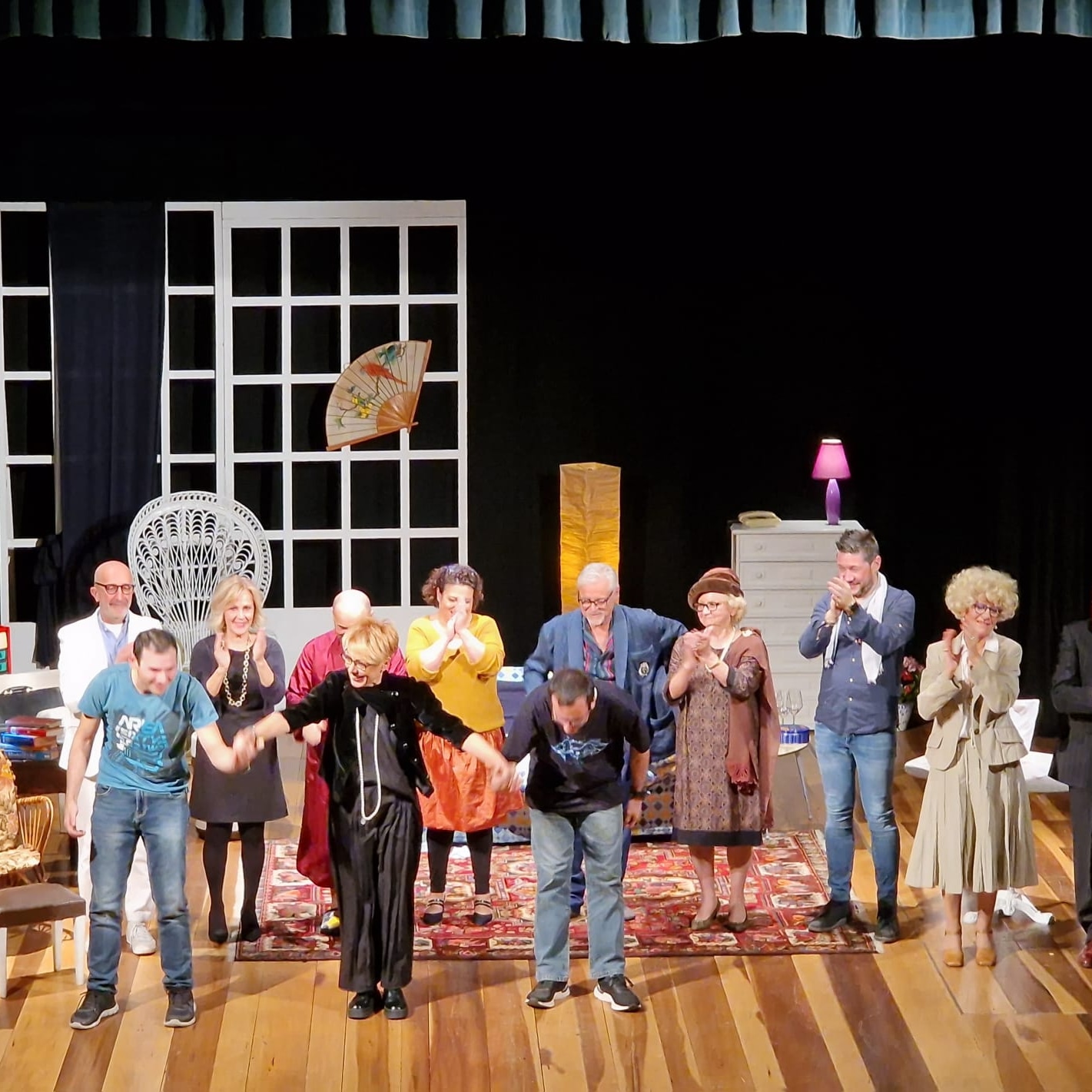
Elena kindly explained that their artistic direction in recent seasons has been proposing a review of dialectal comedies from the Brescia area entitled ‘Èl bel del dialet a teàter’.
As I have already mentioned, I am very fond of dialect.
Keep calm and pota is therefore a dialect comedy, and Cafè di Piöcc a theatre company.
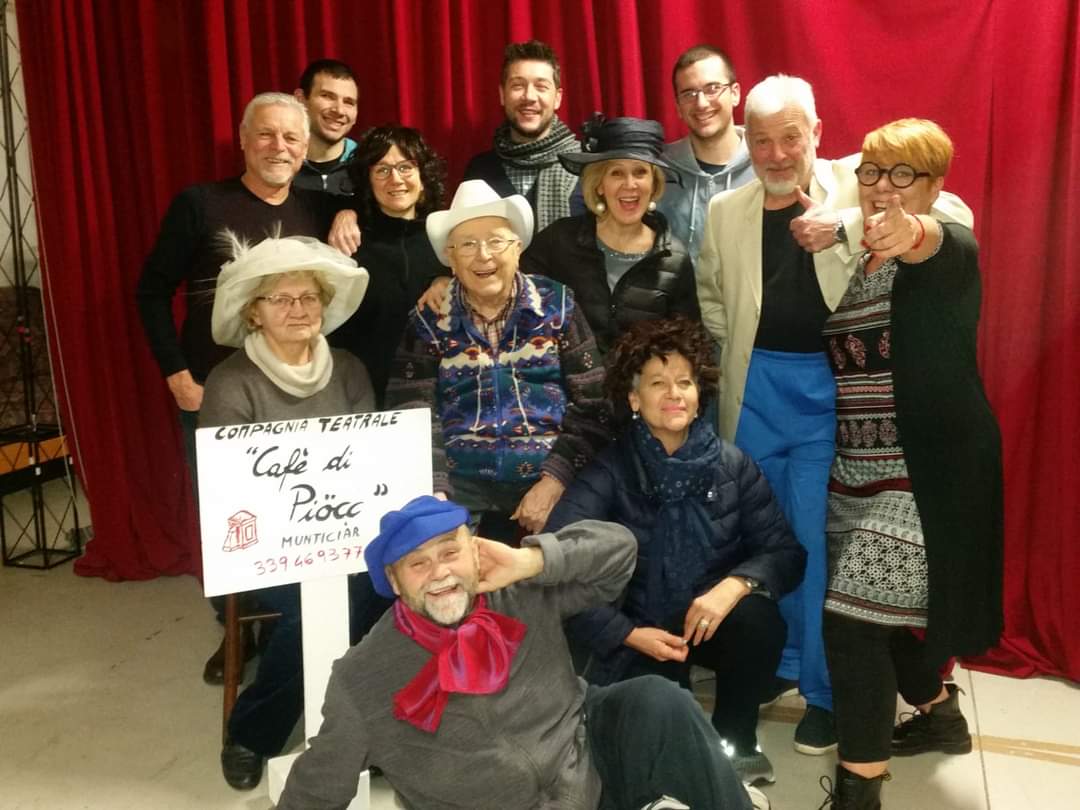
Elena also helped me contact the director: Manuela.
In two words: a revelation!
Quoting Queen Agatha:
A clue is a clue, two clues are a coincidence, but three clues make a proof.
Keep Calm, Coffee and Friendship.
The founders of the Café di Piöcc are three friends who meet in the parvis of the cathedral church in Montichiari.
Money is tight and friends watch the gentlemen eat pastries and drink wine, but they can only afford water from the fountain: the Café di Piöcc then, that is, the poor man’s café.
At Cafè di Piöcc, stories, gossip and historical facts are told.
From these tales, one of the first theatre companies in Brescia was born in 1970, a troupe that was also the subject of a university thesis.
Manuela joined the company, gradually performing various tasks: props girl, prompter, actress with a small part, assistant director.
Until one evening in the rehearsal room she picked up a book from which an envelope came out with a letter that no one had ever seen.
Destiny, magic, what would you call it?
In this letter, Beppe Boschetti, one of the three founding friends, had expressed his wish to leave the company in Manuela’s hands.
A story made up of people, a long journey made up of extremely remarkable theatre works such as I tre innocenti (The Three Innocents), inspired by news events, or Semplicemente donna (Simply Woman): a red chair and 49 changes of clothes representing the stages of life up to menopause.
And yet settings and periods vary while the common denominator remains the titles that are idioms, e.g. Petost che peji l’è mei insi or Ogné come la sàpes stada.
All the way to Keep Calm and pota.

Pota is the word that unites Brescia and Bergamo, an intercalary that, pronounced with the typical accent, is always very nice.
The author had the intuition to combine pota with the expression keep calm, linking up with Freud’s truth, the female Ego interjecting itself with the Super Ego, and communicating a message: love wins.
Speaking of messages, the Cafè di Piöcc also collaborates with the municipality of Montichiari for social work with the Legality in short project.
It can therefore be said that Cafè di Piöcc keeps calm but is unstoppable!
Many many compliments and a special thanks to Manuela Danieli.

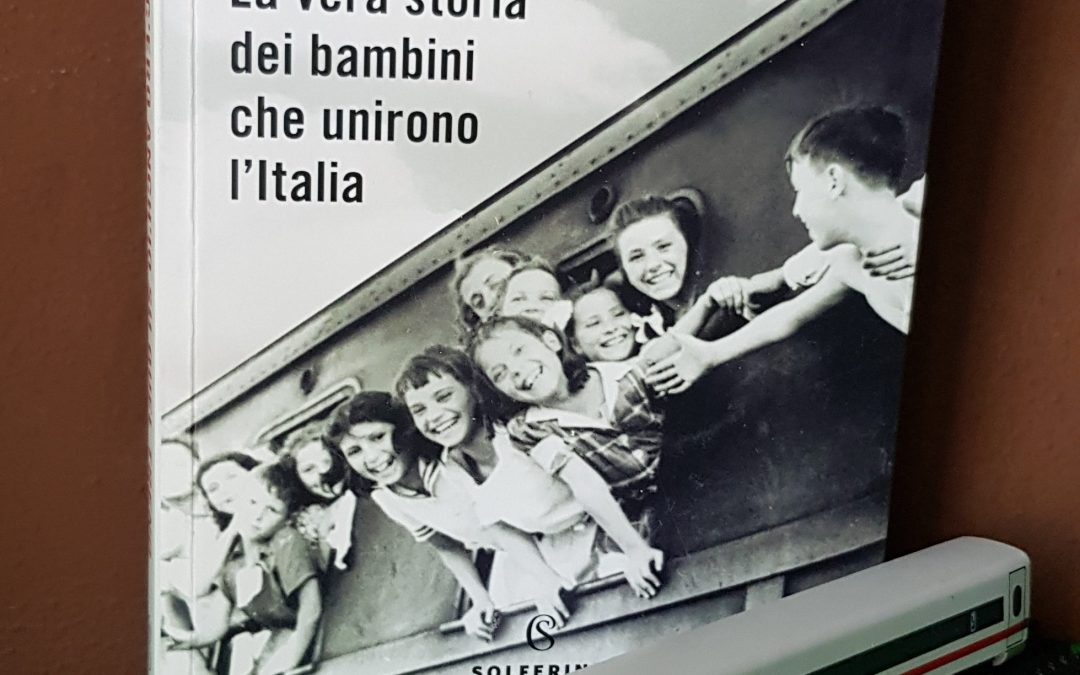
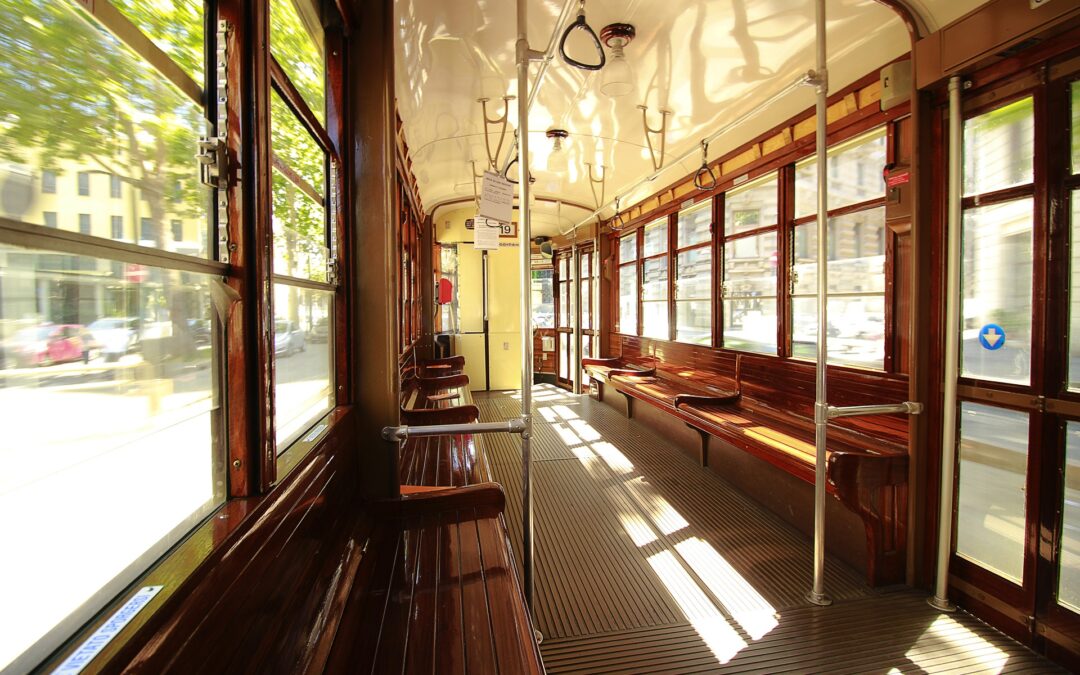
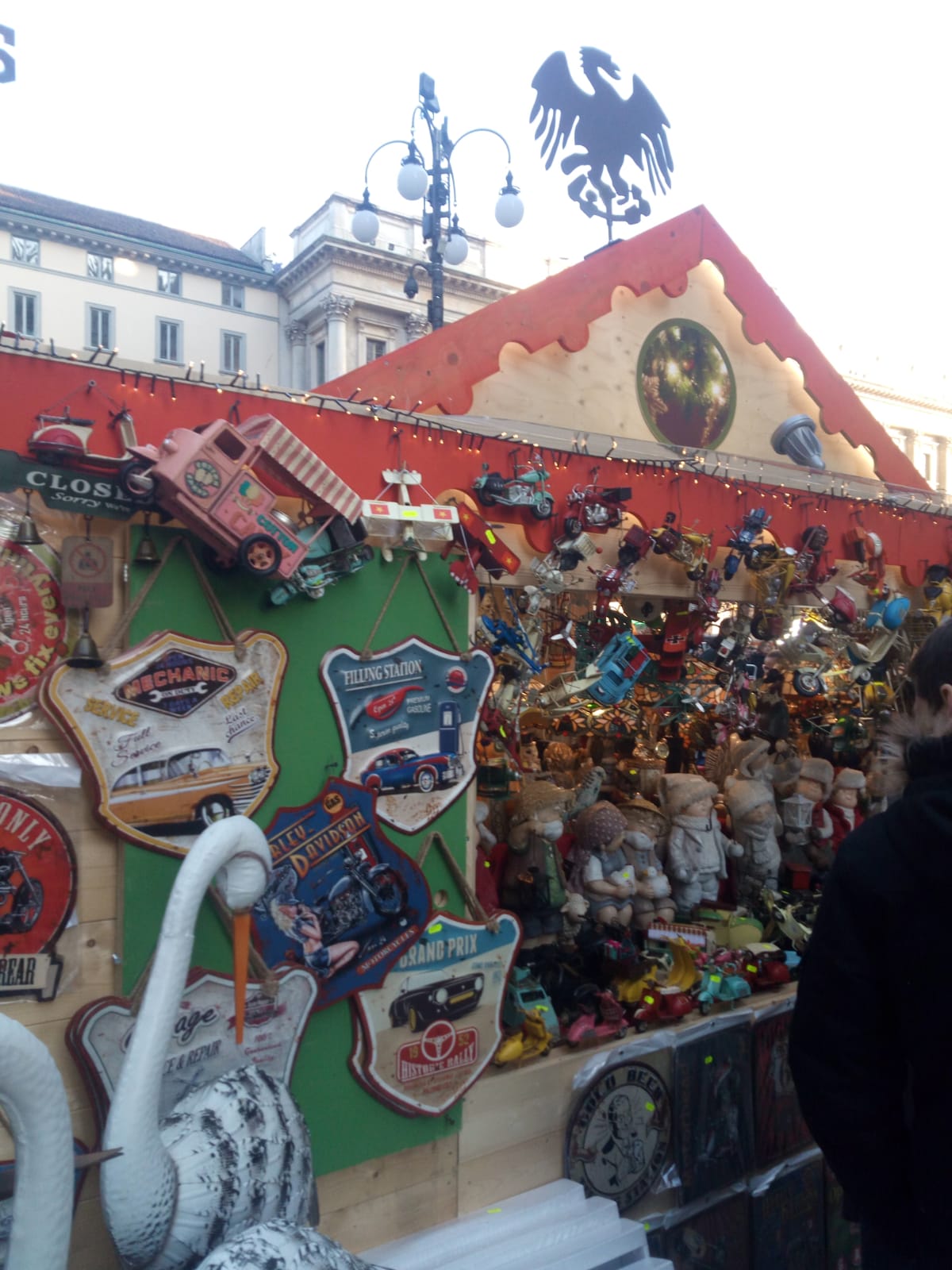
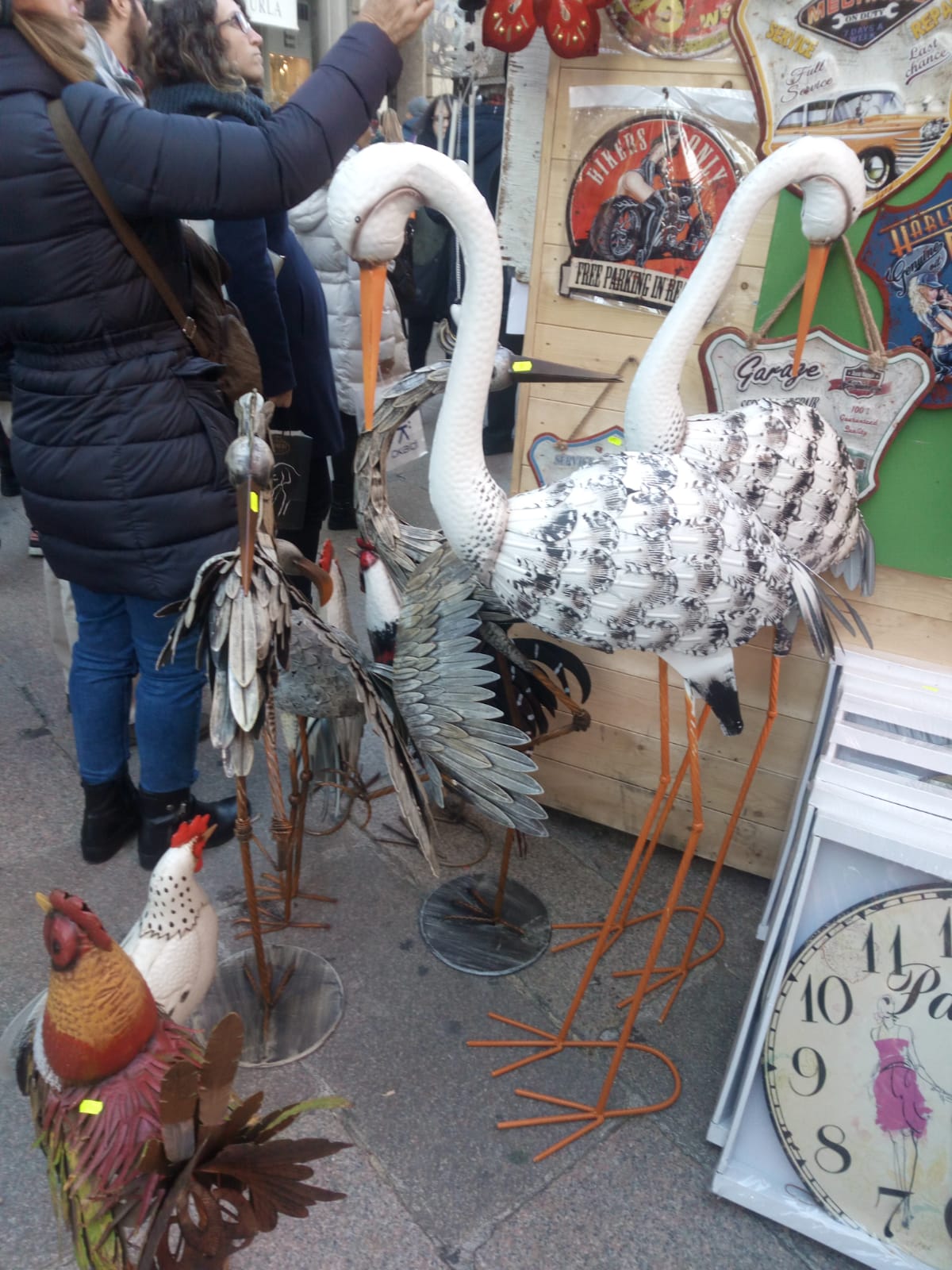

 Hi I'm Claudia and this is KCDC.
Hi I'm Claudia and this is KCDC.




OPINIONI